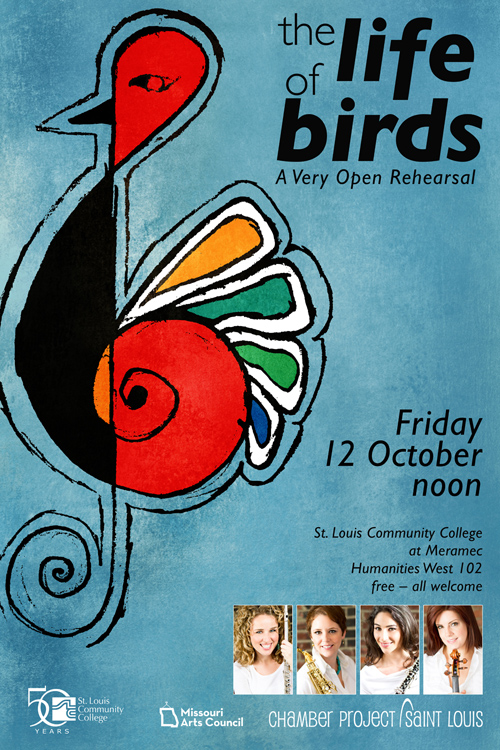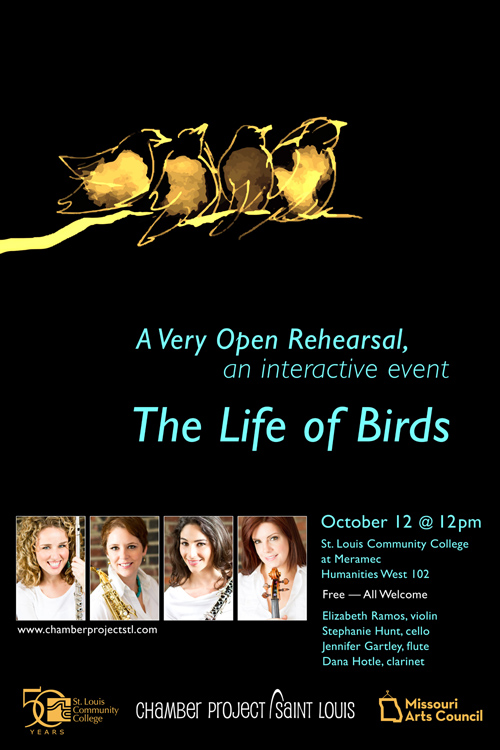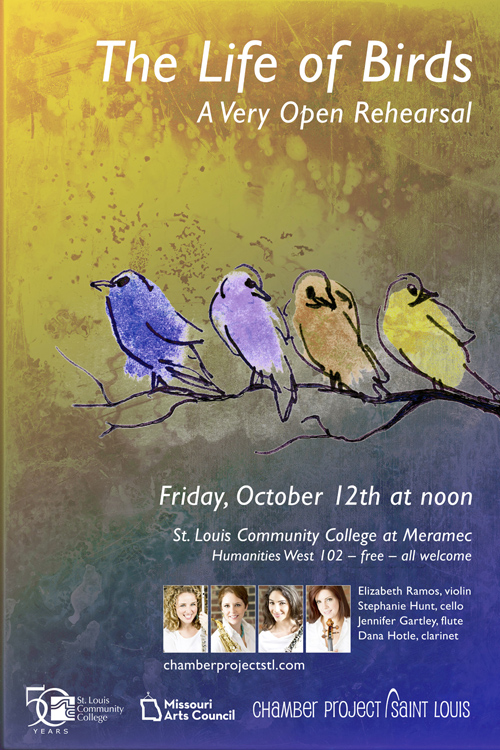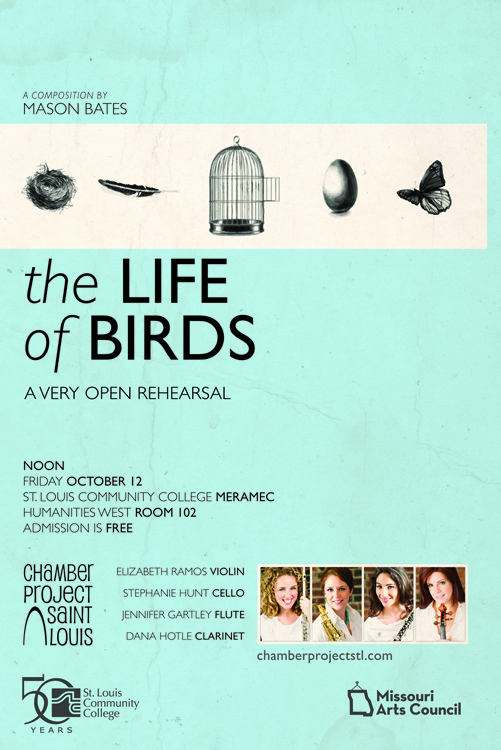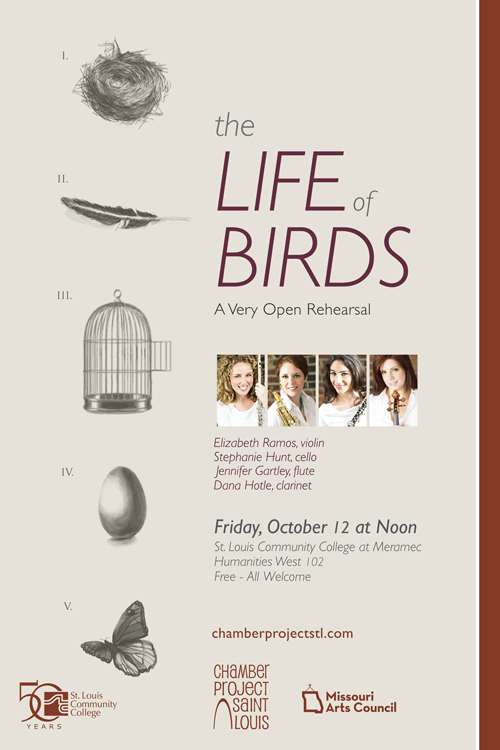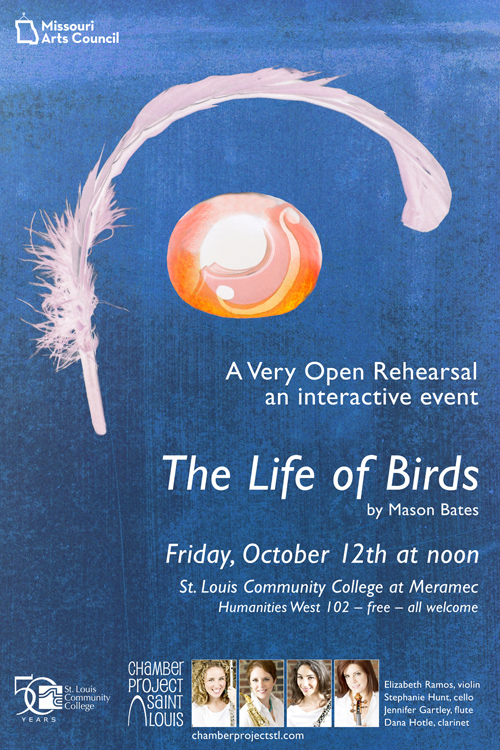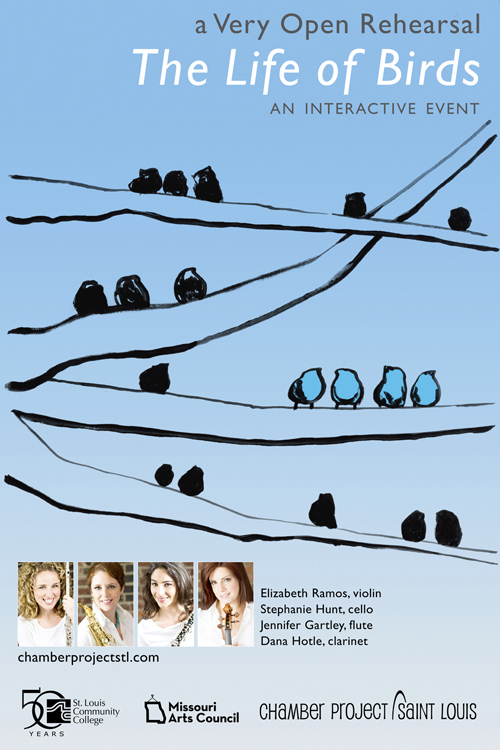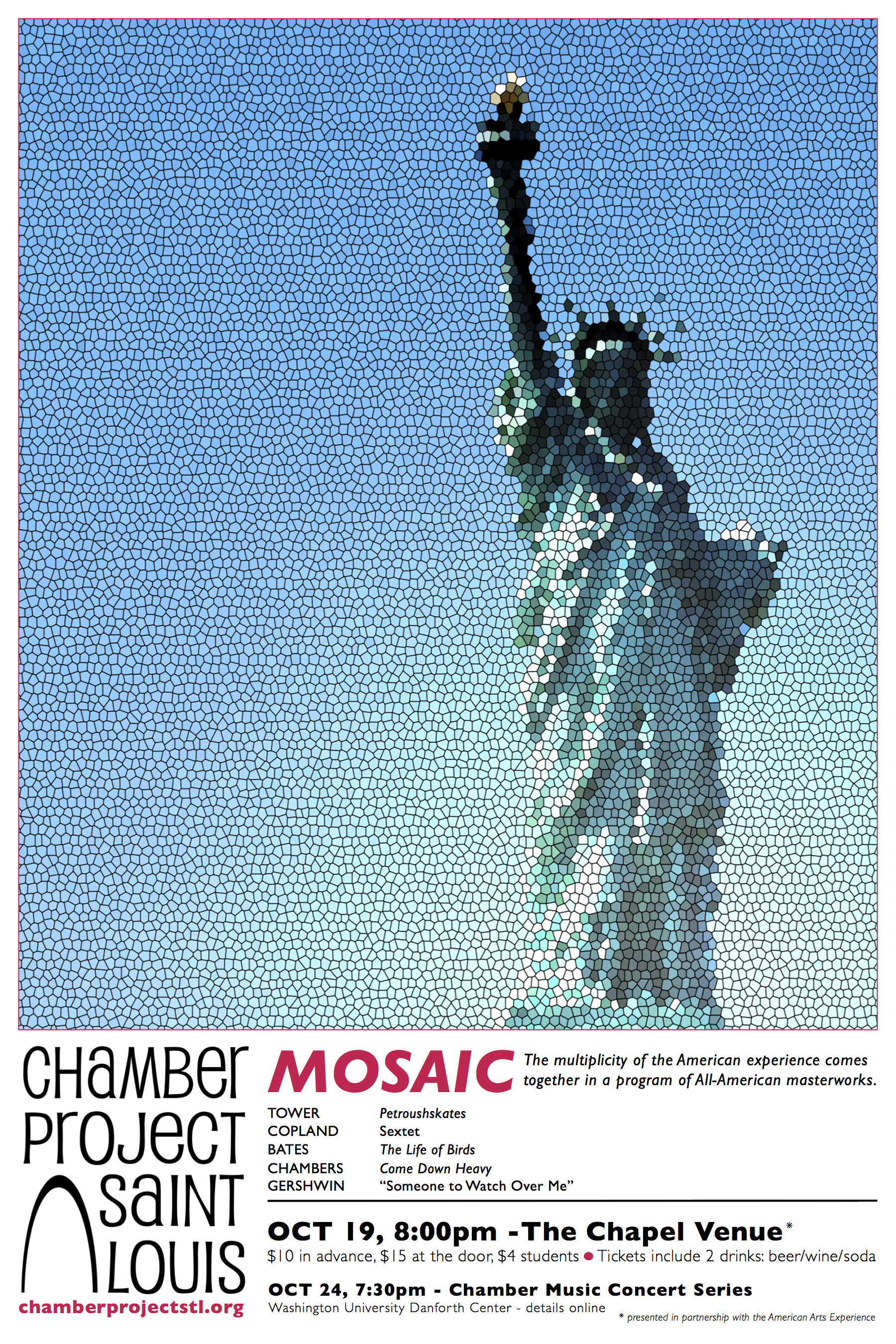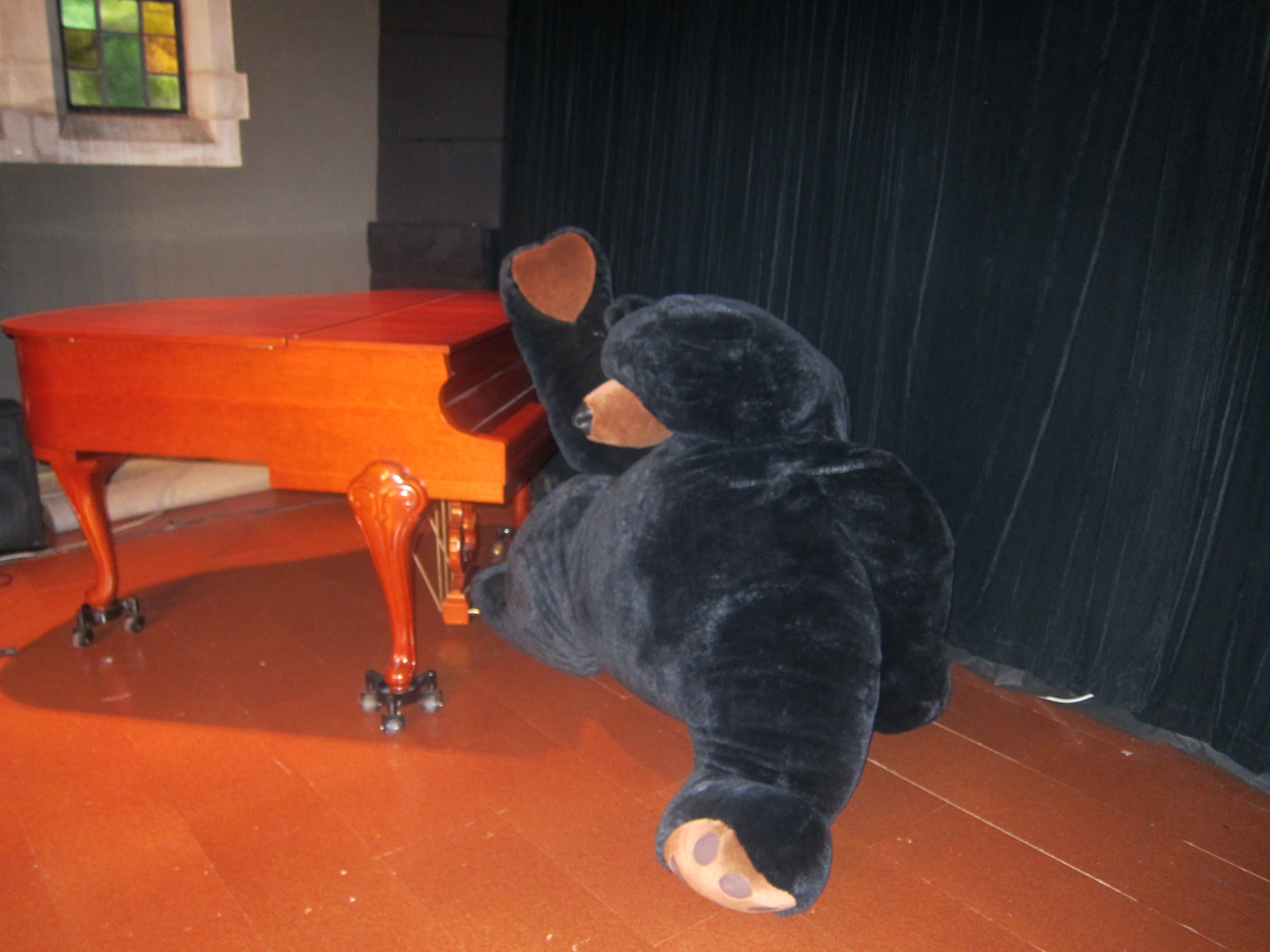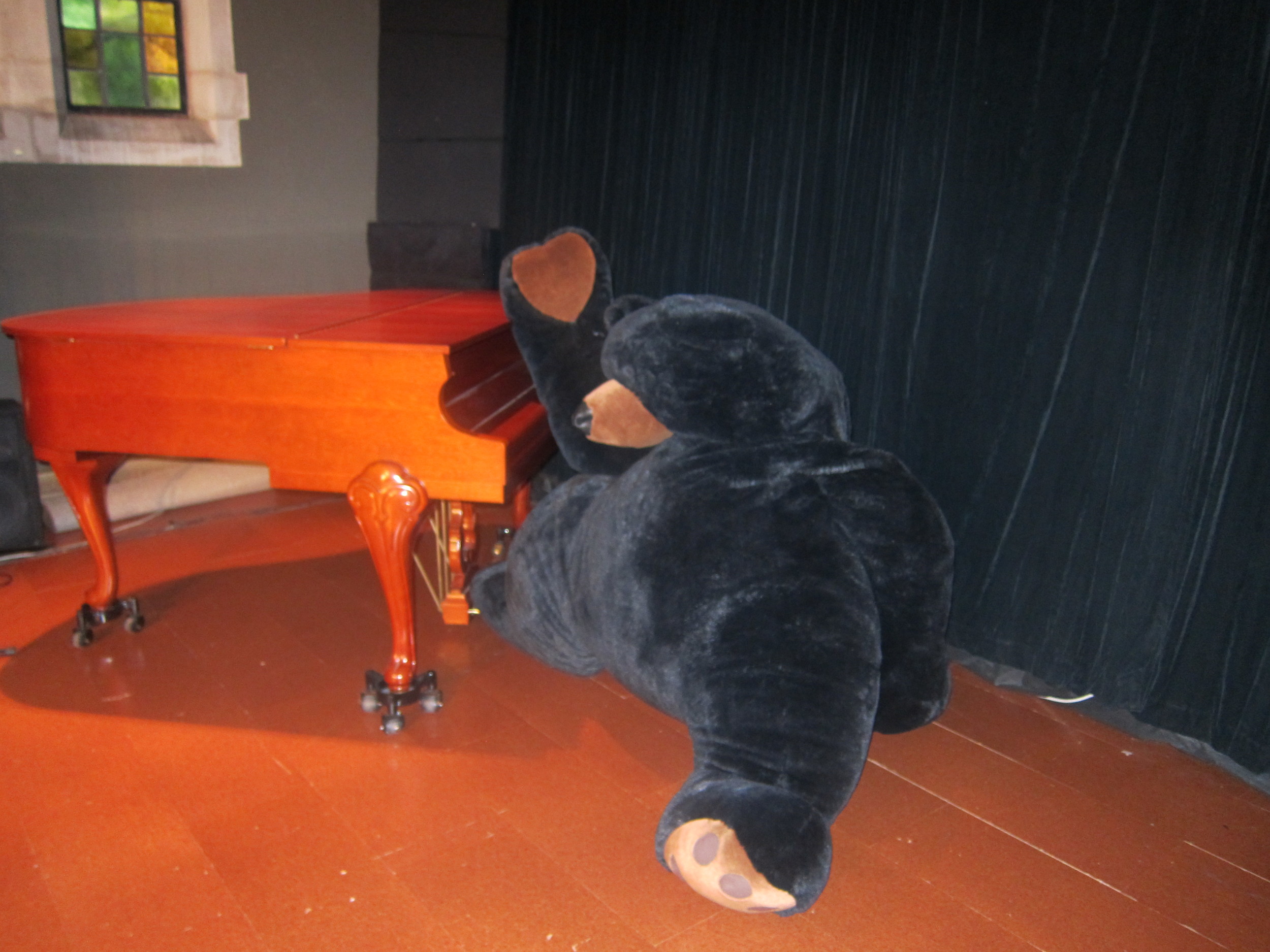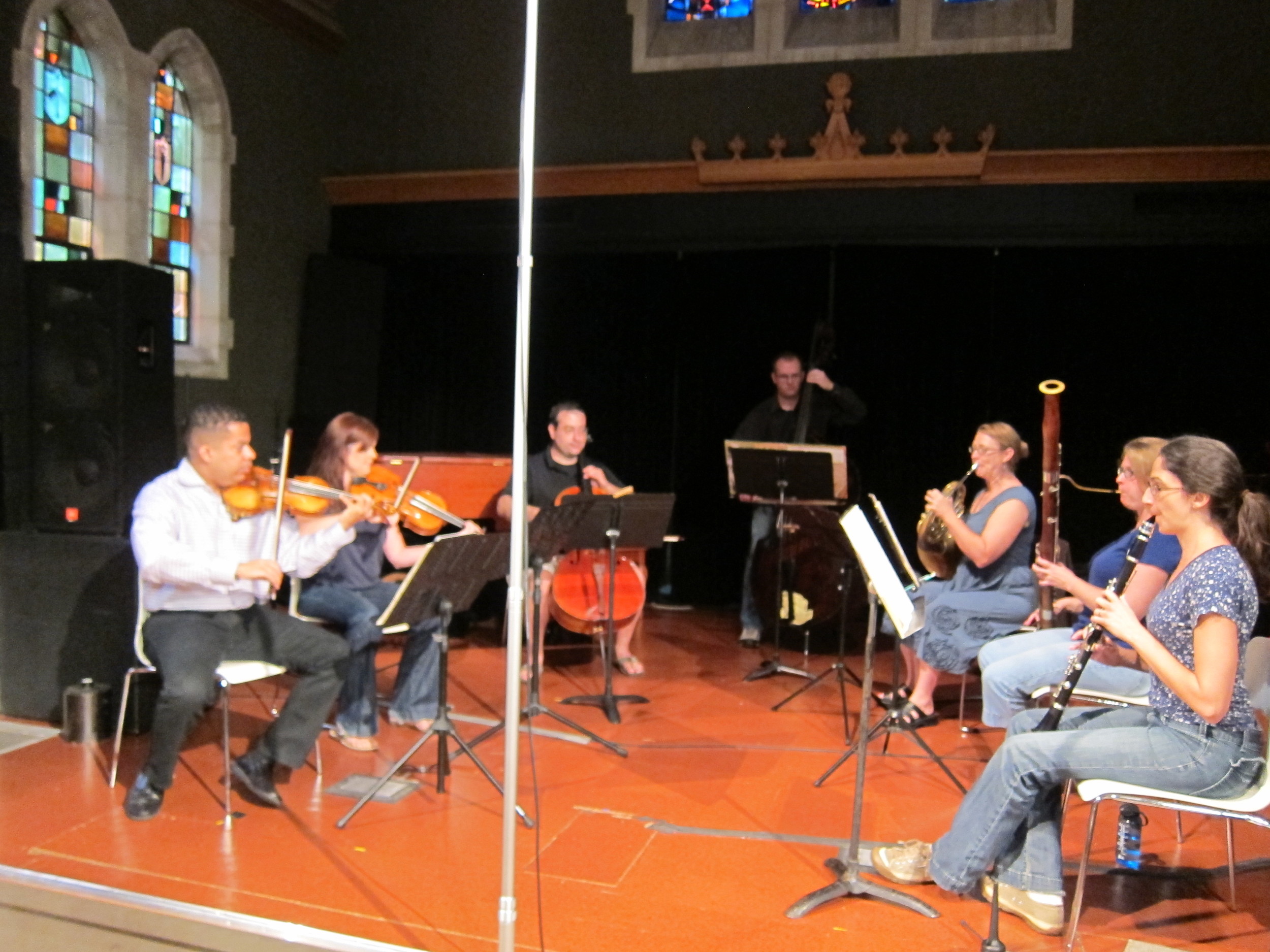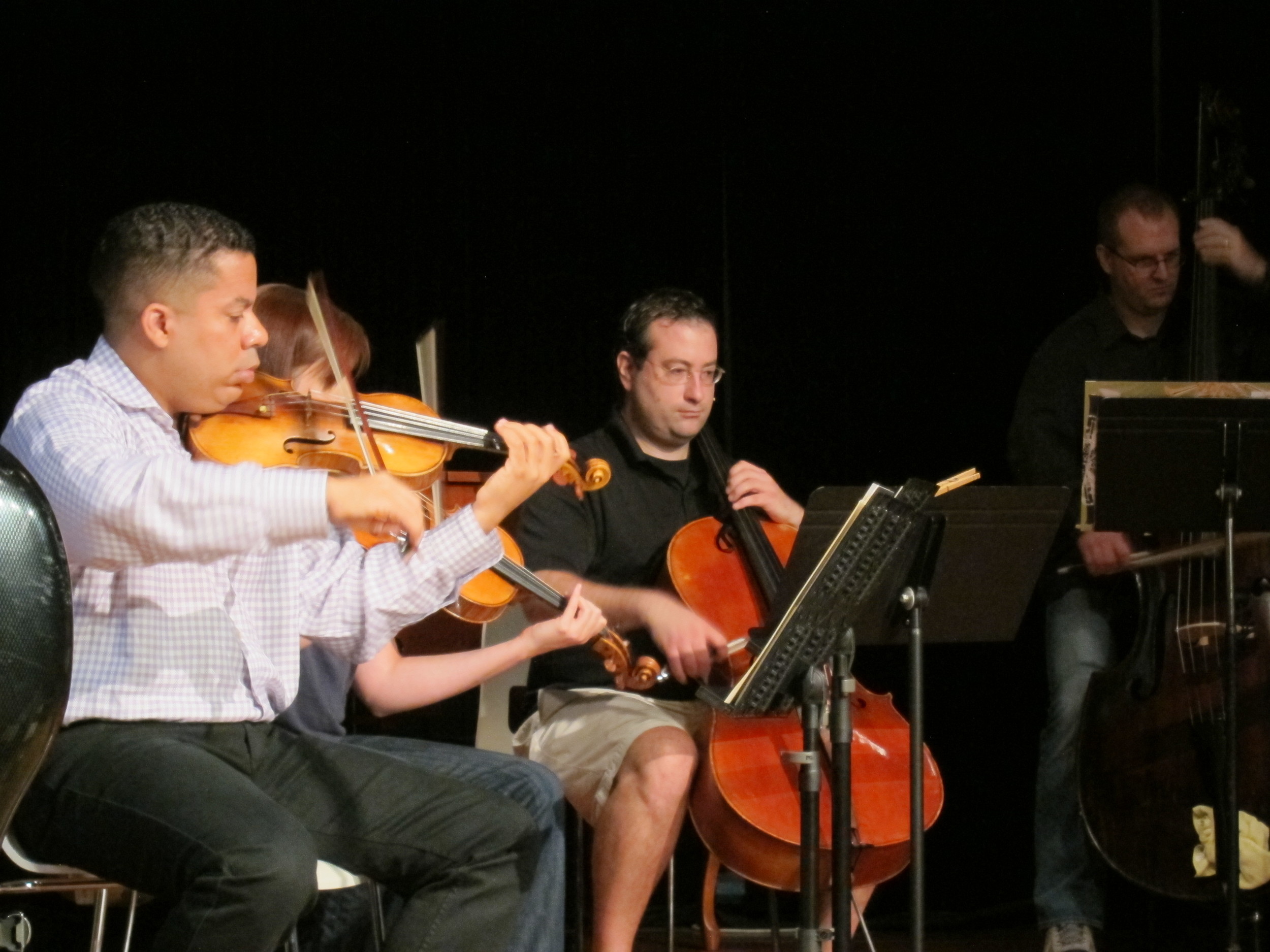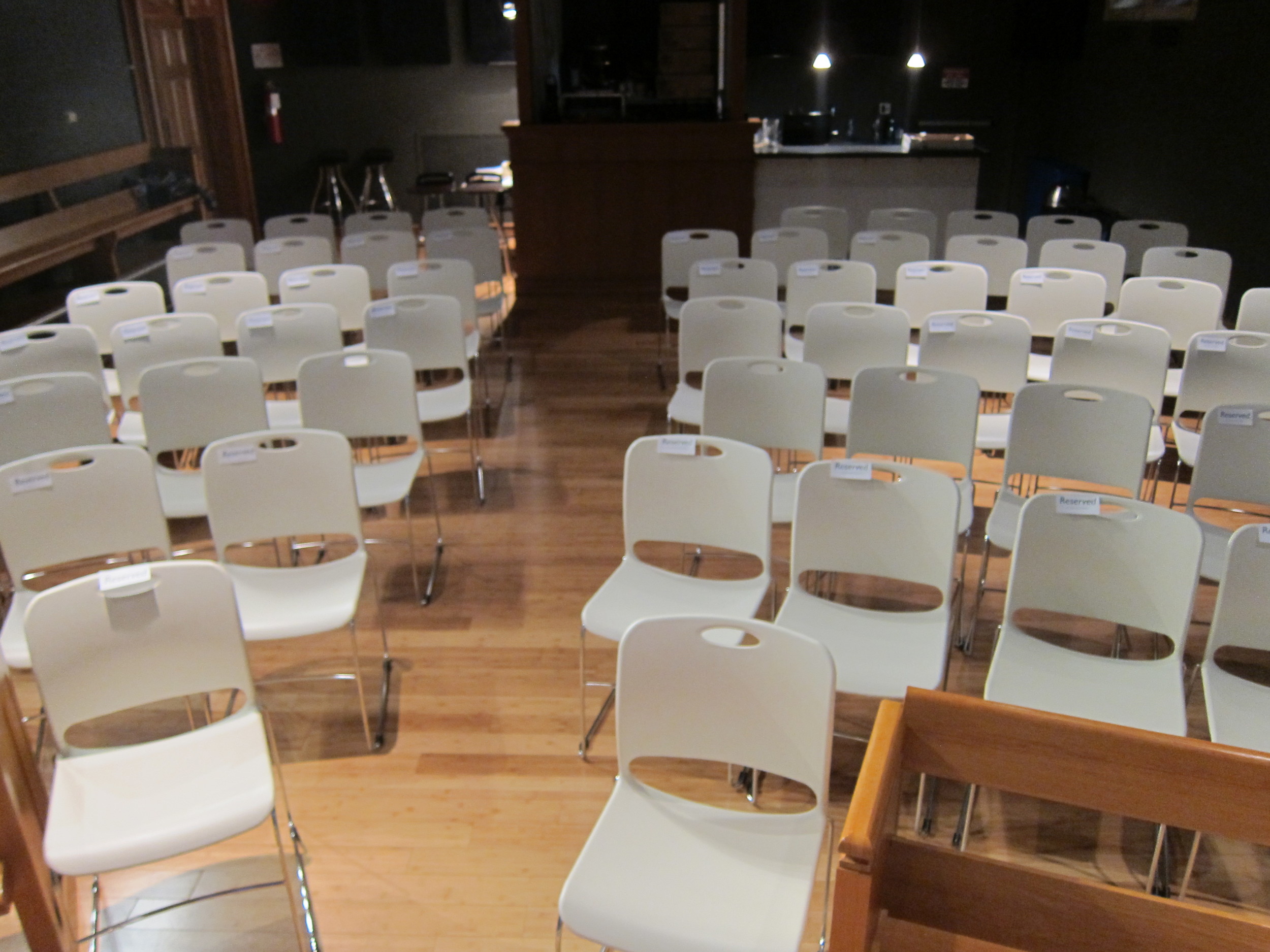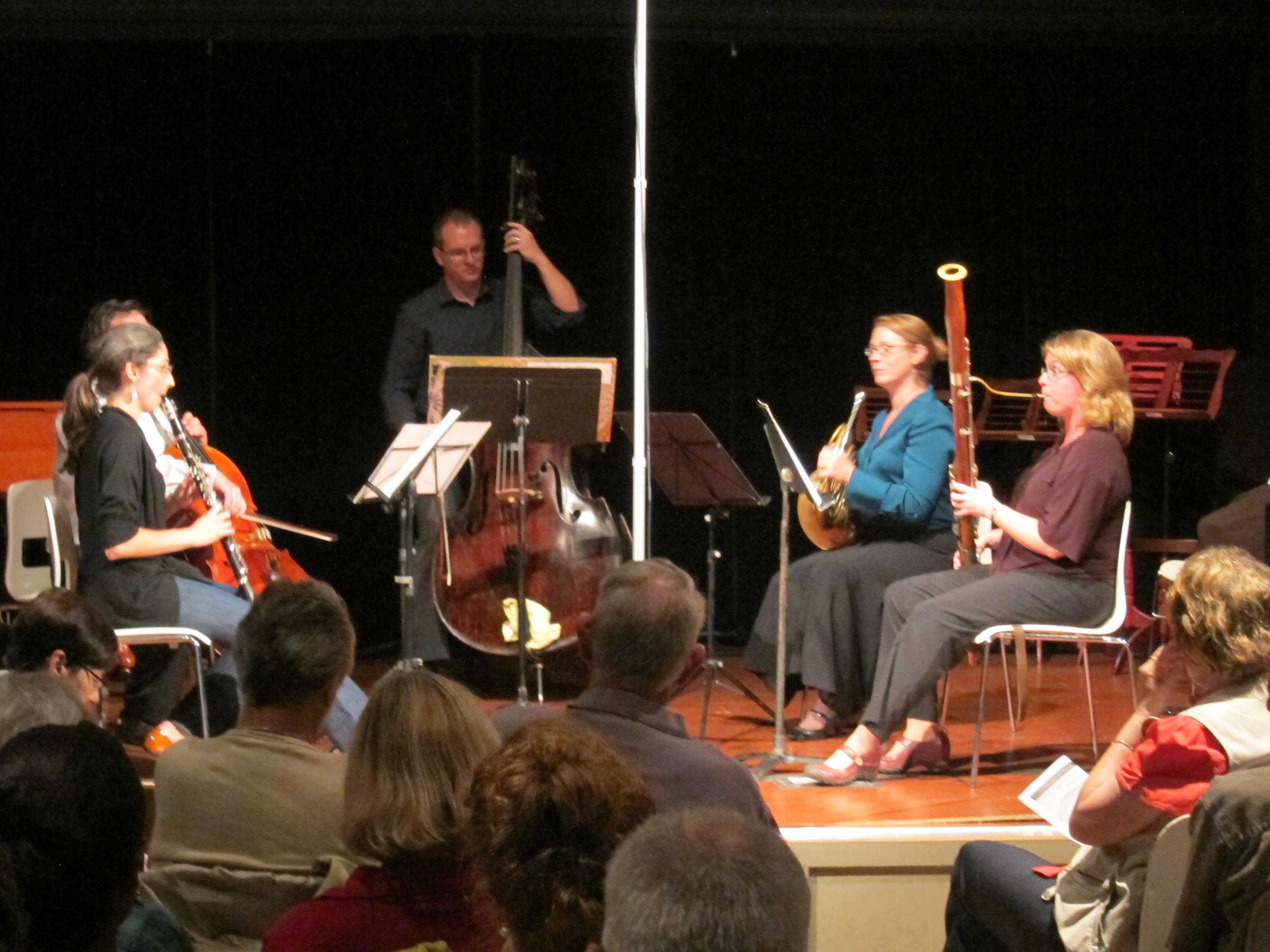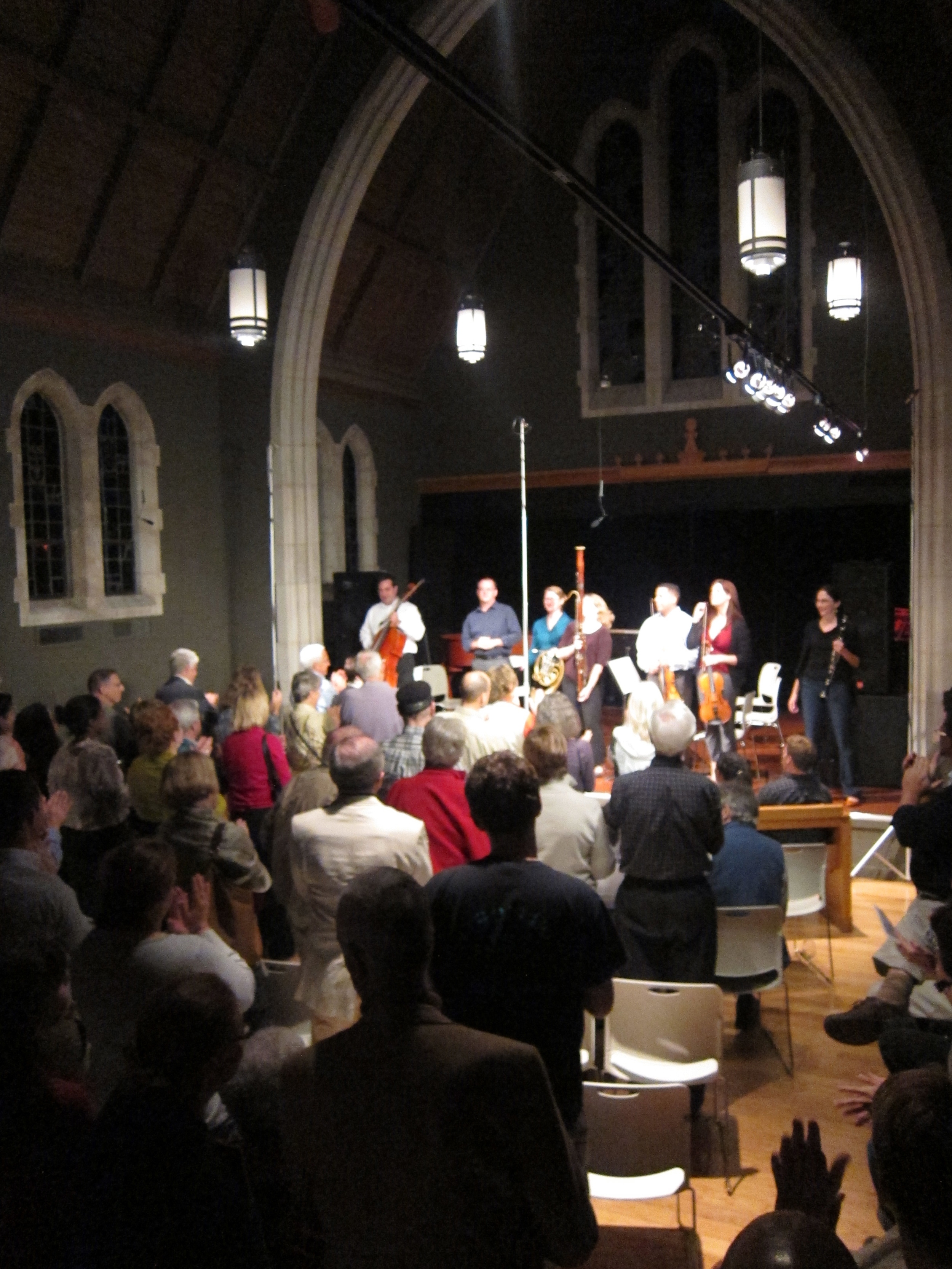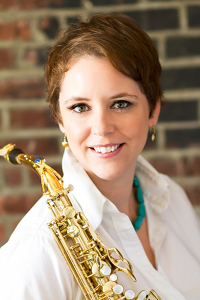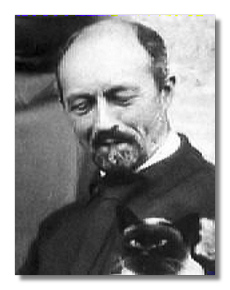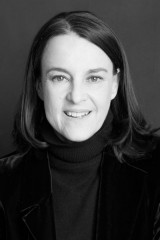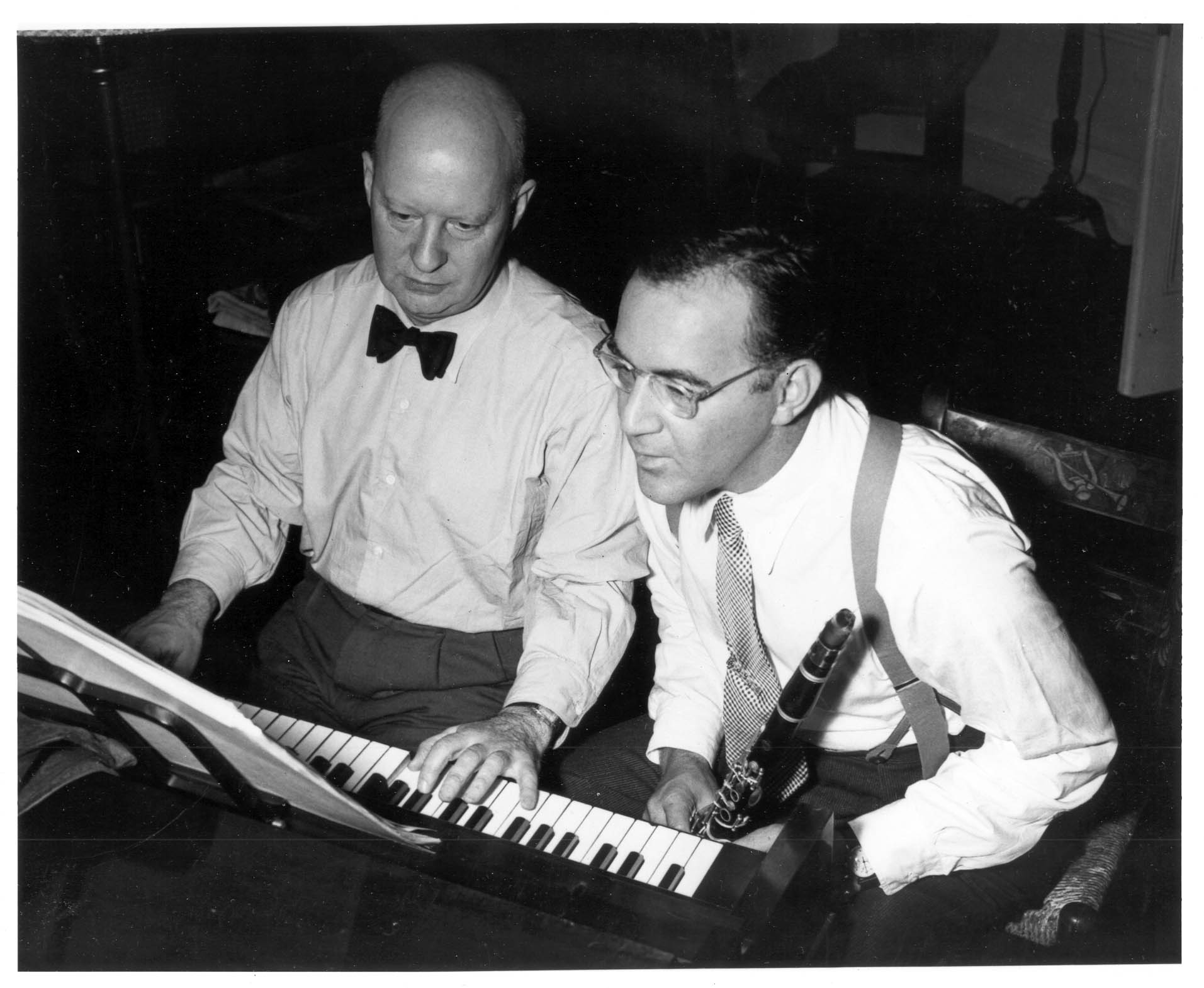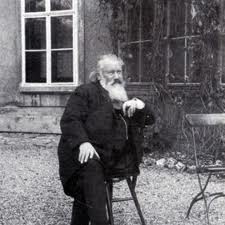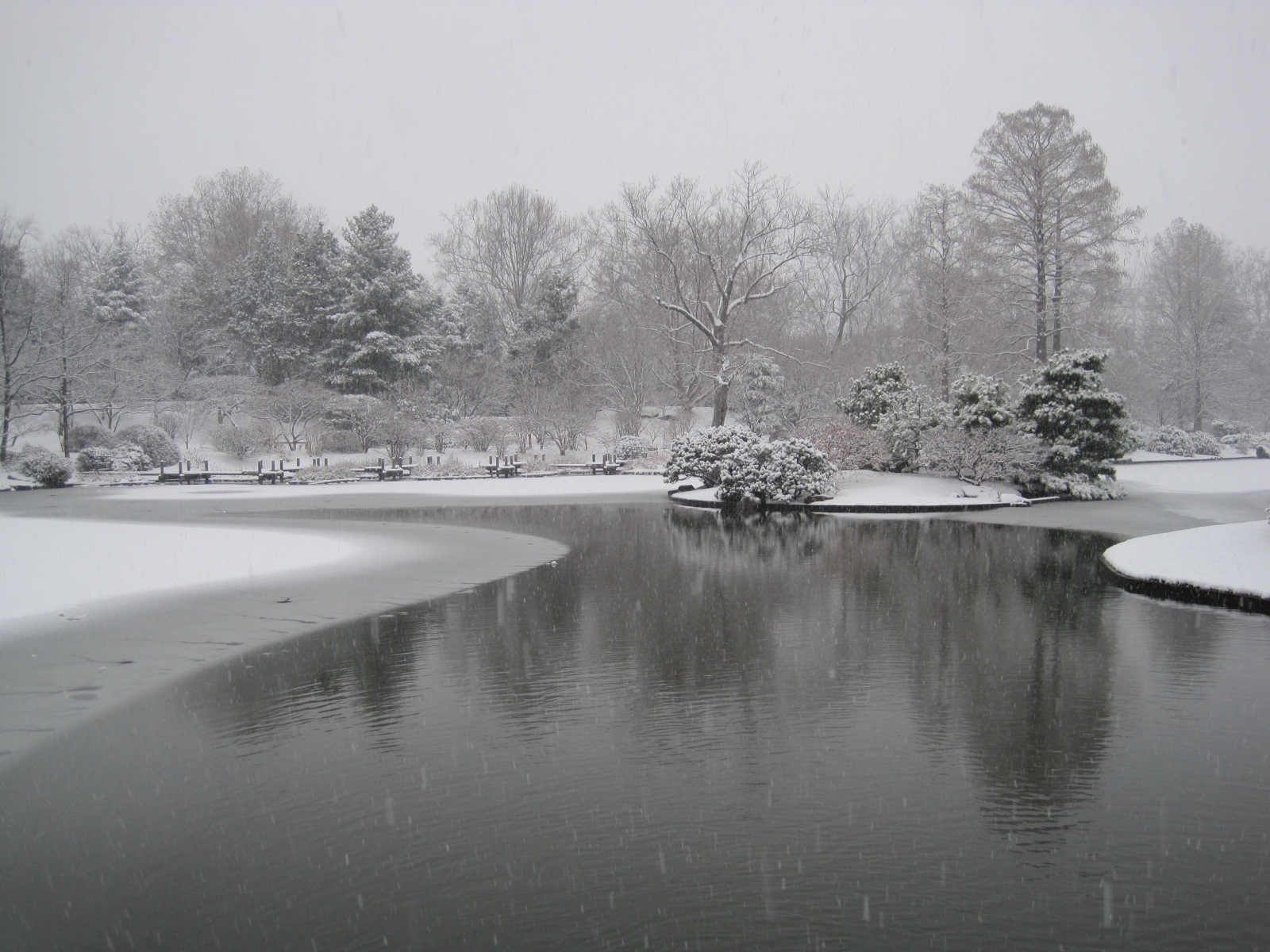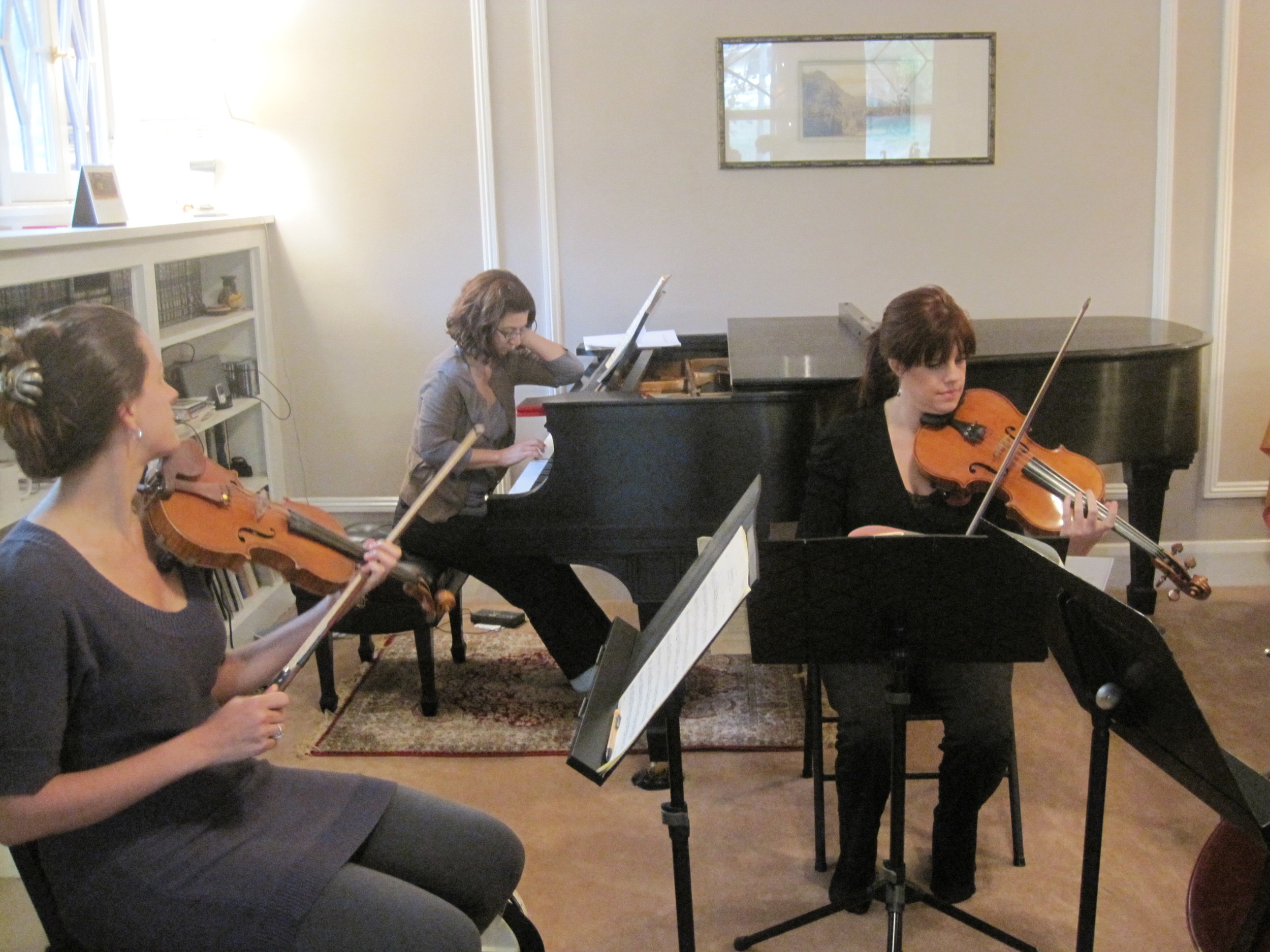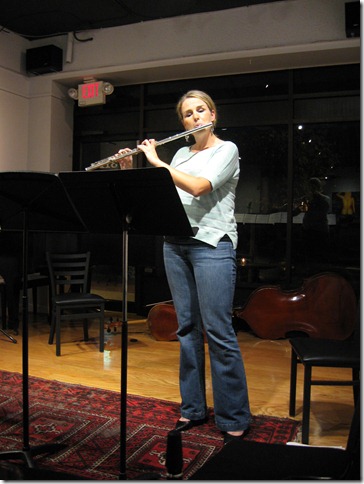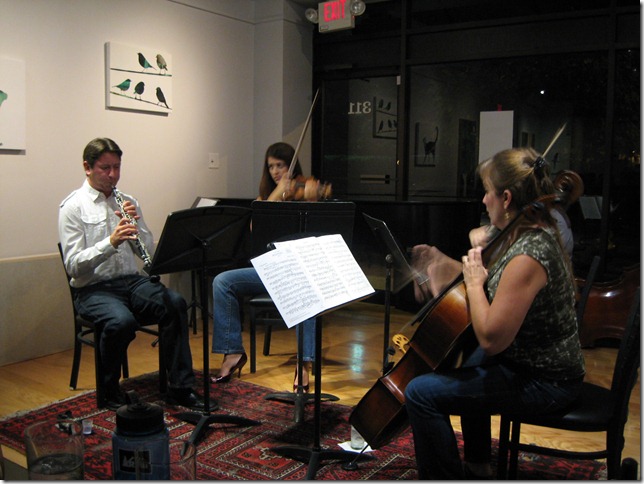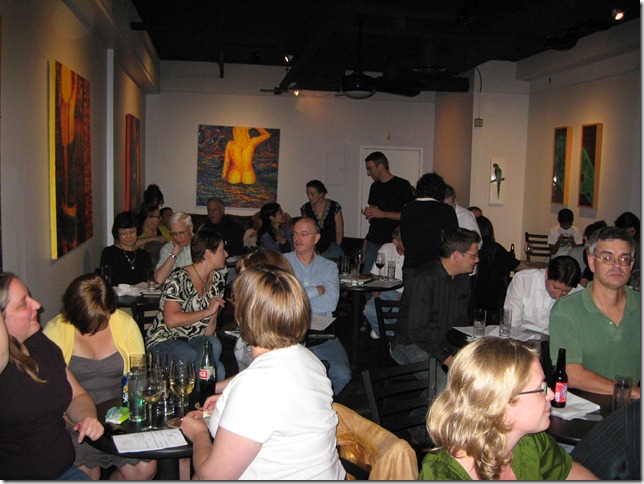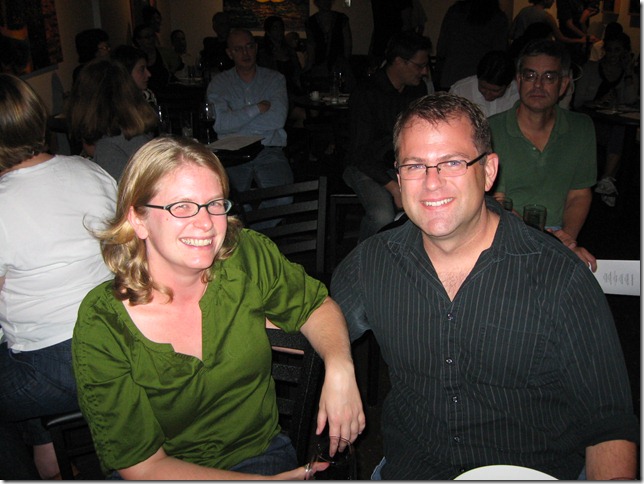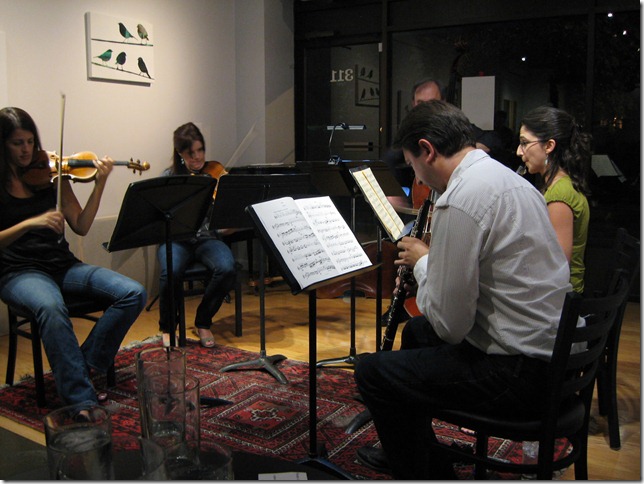Interview with Kenji Bunch
/We're excited to be playing the music of American composer Kenji Bunch this month. We got his CD Boiling Point and fell in love with the piece Drift and decided it fit perfectly on our DREAM program. Much to our surprise, when we got the music, it was not written out in traditional notation! We thought you might like to know more about how this works, so we've put together two blog posts about AUGENMUSIK (Eye Music).
Bob Chamberlin from Webster University is going to share a short history of Augenmusik, including links to recordings in our second post, but first, we're going to hear from Kenji Bunch himself. We contacted Kenji on Facebook and asked him a few questions about his creative process with Drift.
Drift by Kenji Bunch. All images used with permission.
What inspired you to write a graphic score? As a performer, I've worked with a lot of graphic notation, from my years as violist in the Flux Quartet to my time as part of the performing composer collective Ne(x)tworks, a group that specialized in music of the New York School, the avant garde movement of John Cage and his contemporaries. Writing graphic scores seemed a natural extension of this work.
What came first, the musical ideas or the desire to use this type of notation? What's the story behind this composition?
I was commissioned by the Spoleto USA Festival to write a trio for clarinet, viola, and piano. For whatever reason, at the time I was working on the project, my schedule only allowed me to sit down at my desk and get to work rather late at night. After taking the necessary time to settle down and focus, so that I was actually ready to get good work done, I would be so tired that I'd literally be falling asleep while composing the piece. I realized that some quality musical ideas were drifting away into my subconscious mind, and if I was able to recall any of them later that night or the next day, they wouldn't be exactly the same.
Then it occurred to me that there was potential for some interesting exploration about this notion of memory and transformation. In essence, the material in this piece develops not through the traditional compositional tools, but through the performer's ability to recall what he or she heard earlier in the work. Any "mistakes" in this recollection would be embraced as development of the material. And ultimately, the piece serves as a metaphor for the process of grief, which is really a confrontation and reconciliation with the idea that memories are inherently ephemeral, and can't be preserved without some kind of inevitable alteration.
The music literally Drifts away sometimes.
Did you experiment with and discard different ways of writing the same material? Did you rearrange the order of the material or movements? I actually tried valiantly to write this piece using traditional notation. This was a commission for very accomplished performers, but not necessarily for people who would be accustomed to performing off of drawings. I was concerned the graphic score would be a distraction that could keep the piece from being taken seriously. Ultimately, though, I realized it was really restricting me to write the necessary bar lines and rhythms, and it ended up looking way more complicated than it sounded.
Do you use this type of notation often? I think my first graphic scores were back in 2002, when I was writing for a band called Nurse Kaya that I had with some friends. I've used non traditional notations a number of times since then, but probably about 85% of my music is written the normal way.
What challenges does this type of notation present to you as the composer? What rewards does it offer you as the creator of this music that traditional notation doesn't offer? First of all, we need to recognize that every form of notation, including the standard one in use for hundreds of years, is a graphic score. Music written down in any fashion is a graph, depicting sound frequencies (pitch) over time. There are other variables (dynamics, articulation, etc.), but all scores are expressions of a graph.
With this in mind, it becomes possible to see that for certain techniques, traditional notation may not always be the best choice. What I've found with pieces like "Drift" is that the notation, while at first kind of bewildering, actually makes it a lot easier for the performers to make music. It enables listening rather than counting, and connecting and responding with each other, rather than trying to anticipate someone else's rhythms or assert your own. It can be very freeing. Especially in the case of this piece, which makes room for some gently guided improvisation for the three musicians.
Check out Kenji's website > (and buy some of his music!)
Isn't it interesting to learn about the process behind creating music? Which of the images are you most excited to hear? Do you think you'll be able to tell what we're playing in the concert?
We discussed how long this passage should last in rehearsal a few times. In the end, it just happens the way it happens!
Initially this page probably scared us the most. The first time we played it it was a disaster, but it's amazing how it always works out.
We'll be performing Drift three times in November:
SAT NOV 16, 8pm THE CHAPEL VENUE
We've been selling out at The Chapel Series - don't wait to get your tickets! Advance pricing and online sales end at noon on day of concert. buy tickets now >
SUN NOV 17, 3pm LADUE CHAPEL
You asked for a matinee concert, and you got it! Join us in this beautiful sanctuary. Free will donation suggested. view details >
NOV 20, 7:30pm WASHINGTON UNIVERSITY CHAMBER MUSIC SERIES AT THE DANFORTH UNIVERSITY CENTER (DUC)
A cozy venue for a great concert. view details >




